Stones have their own memory
This is a continuation of the story about the Ukrainian ice age, the origin of black soil, burshtyn and extinct mammoths
2019-05-19 17:08
To our happiness, stones from the sky fall extremely rarely, and for this reason we will not consider such an exotic natural phenomenon.
The stones have a very long memory
But, seriously, each stone was given some kind of strength by its current form, and each stone was placed by some force on the place where we found it.
The stones have a very long memory. Each scratch on a stone is usually preserved without significant changes for thousands of years. Stones carry not only geological information that can reveal to us their place of origin. Along with this, the nature of stone processing and the place where they are today can tell us something about the forces that have committed these transport operations.
Especially, if we are talking about single stones or their groups, which lie in such places where it is difficult to get an ordinary stone without help.
Bearing in mind that we are looking for evidence of the intensive movement of the ice of the Arctic Ocean on continental land, let's consider several examples that can confirm our hypothesis.
We talked enough about the “sheep foreheads” in Karelia and on the Kola Peninsula in the previous article. And today, let's take a closer look at the rocky evidence of the ice movement in neighboring Scandinavia.
Norway mountain plateaus
Heading on a trip to Norway in the summer of 2016, I was generally ready to see what I saw there.
But I did not think that the Norwegian cliffs would be so eloquent.
The most extensive evidence of the work of the avalanches that flew here is the Norwegian mountain plateau. Perhaps this is not the most convincing picture of the consequences of glacial work, but the most ambitious ones are for sure.
We started our car trip to Norway from the south of the country from the city of Oslo and headed north to the Lofoten archipelago.
The first thing we met on the way was the giant plateau of Hardangervidda. This is the largest mountain plateau in Europe at an altitude of 1000 to 1500 meters above sea level and is a rocky plane, polished by polar ice, and consisting of variegated lakes and low rounded mountain tips.
Imagine that in place of these plateaus once stood mountain peaks.
The work of moving ice in Norway is visible everywhere and it is difficult to imagine how these landscapes looked in their original form.
This is how the mountain plateau in the vicinity of the Geiranger fjord now looks.
And this is what these rocks look like when viewed closely.
Trolley pyramids made of small stones are folded by tourists in memory of visiting these places. It is not customary to paint on the rocks "Kisa and Osya were here".
Glaciers left behind polished rocky surfaces, and the products of their destruction - stones and sand - took them far to the south. So it will not be easy to collect stones for the next pyramid.
Stone shapes and stone structures
In Norway, you can find many intricate stones lying in the most unexpected places, as well as all sorts of wild stone constructions.
Let's take a closer look at the top photo. The huge round-shaped stone clearly lies on the top of the polished rock ridge not from the day the world was founded. He was brought to this place, having previously run in and rounded corners, a moving glacier.
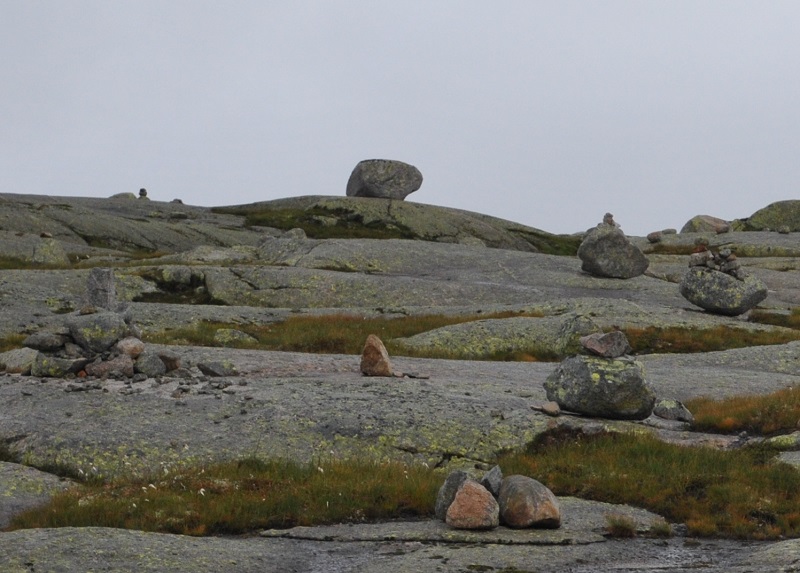
In the mountains of Norway, there are also more complex not made by hand stone structures.
The most common of these "stone turtles" - are huge boulders lying on one or several smaller stones at once.
Agree, such a sculptural composition without the help of external forces could not arise. Probably, the moving glacier rolled these stones from place to place, ground their sharp edges, and eventually left the stones in such an intricate pose.
But the top of the ice-stone balancing act is undoubtedly the famous Norwegian stone “pea”: a huge boulder stuck in a vertical rock crack.
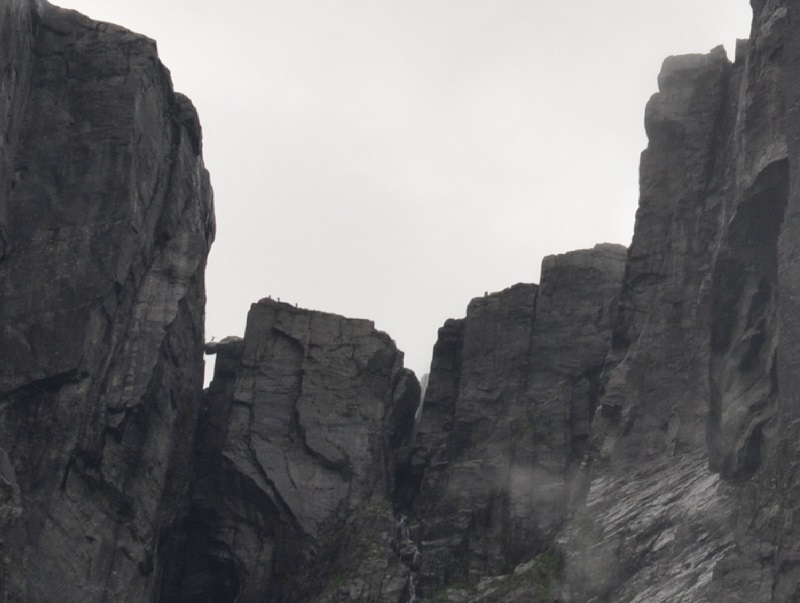
t is important to note here that the Lysefjord lies in a gorge about 1000 meters deep, cutting through a smooth mountain plateau. The shores of Lysefjord are sheer kilometer-high cliffs, and the “pea” is stuck at the very top of a vertical crevice, almost at the level of a mountain plateau.
The mountain plateau is a polished rock - "lamb foreheads", and the "pea" is a huge rounded stone. From all indications, a moving glacier rolled this stone along a plateau until a rounded boulder fell into a rocky crack, where it was stuck for thousands of years.
But stone evidence of the destructive activity of ancient glaciers is found not only in the Scandinavian countries or on the Kola Peninsula.
Here are the stones from the territory of modern Belarus, where, as you know, there are no mountains, rocky outcrops or even a stone quarry.
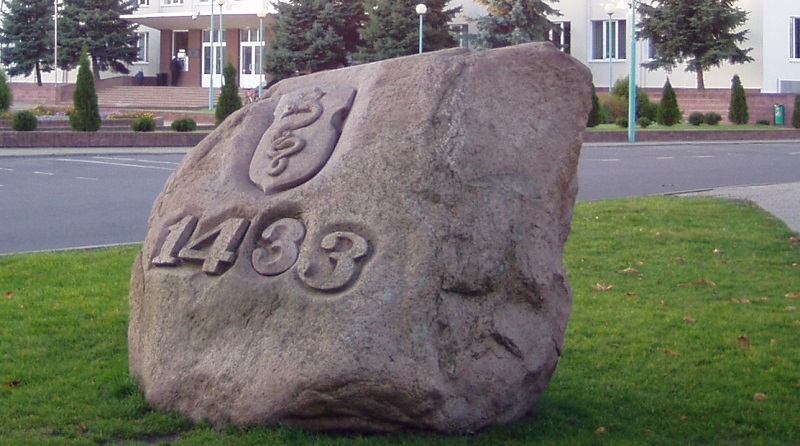
And here is another memorial sign carved on the surface of an ancient boulder. This stone is also located in the town of Pruzhany - Brest region, Republic of Belarus.
And such large rounded stones are far from uncommon in the plain and forest expanses of the Republic of Belarus. From which distant edges they rolled the ancient glaciers we still have to figure out.
Norway Mountains
The tops and slopes of the surviving Norwegian mountains also keep convincing and large-scale traces of the movement of ancient glaciers. This peak is polished by glaciers not only from the sides, its top is also polished.
This may indicate that the thickness of the ice mass, which moved here, at least exceeded the height of this mountain.
In the next photo the top of the mountain is also hewn by glaciers. This suggests that the glaciers that did this work were not of mountain origin. Mountain glaciers on the tops of mountains only originate and cannot polish the stone on the mountain tops.
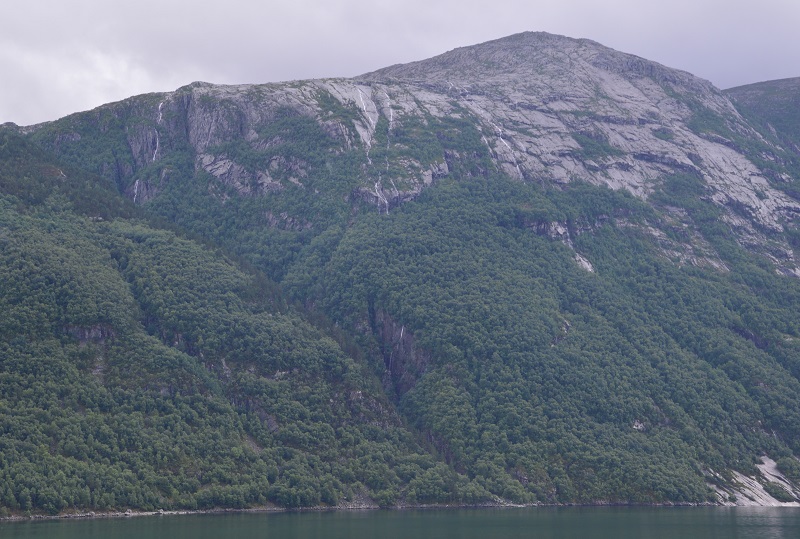
This photo clearly shows that the ice polished the top of the mountain, but the bulk of the ice was moving through the pass and its slopes were subjected to the most careful smoothing.

And this is what the rocks of Norway polished with glaciers look like.
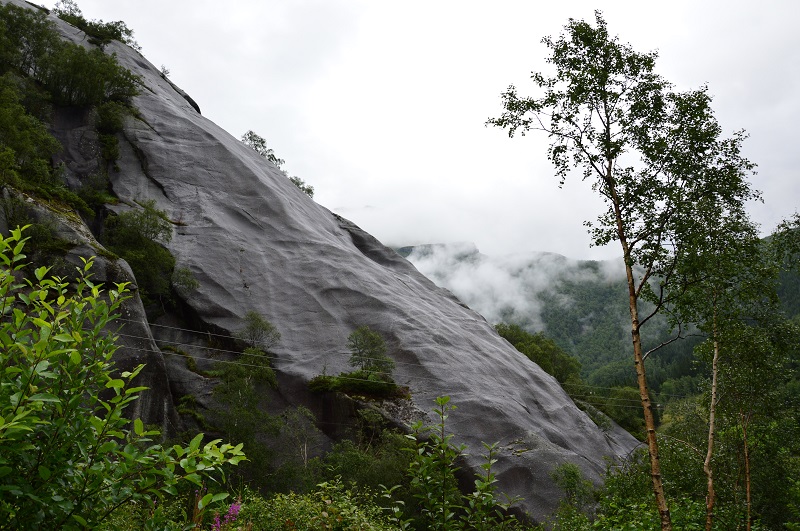
And even those mountains that have retained pointed tops look sharpened when viewed in detail. Traces of glacier work in pictures from space are especially clearly seen.
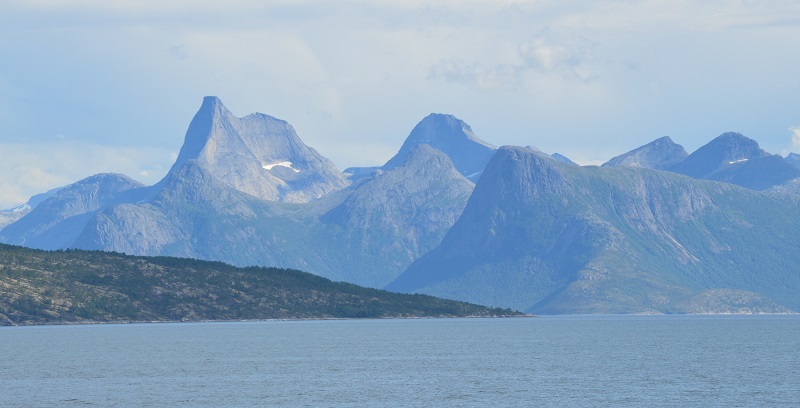
In conclusion, it should be noted that the mountains of Norway are composed of very hard rocks. The local tunnels are not even subjected to interior decoration - the tunnels are just holes in the rock. And many roads are laid under steep rocky slopes, which in other mountains would be considered as rockfall dangerous.
Due to the strength of the rocks, the local peaks are preserved. Otherwise, they would suffer the fate of Khibiny, where there were no peaked peaks at all.
And now it's time to talk about mammoths.
Каждый ваш вклад имеет большое значение. Поддержите независимые научные исследования автора и помогите более глубоко изучать важные темы сегодняшнего дня
Пополнить банку на независимые научные исследования
Просмотров всего: 25240 Просмотров сегодня: 61

Mysterious albedo

Law of Ukraine On Strengthened Protection of Property of Mass Media, Publishing Houses, Book Stores, Book Distribution Enterprises and Creative Unions of 20.05.2010 № 2274-VI